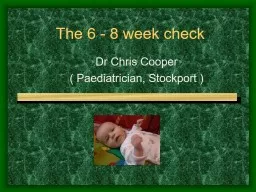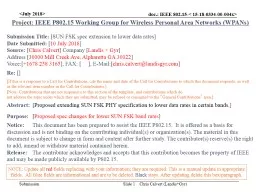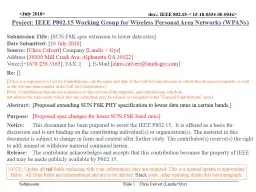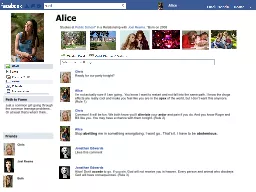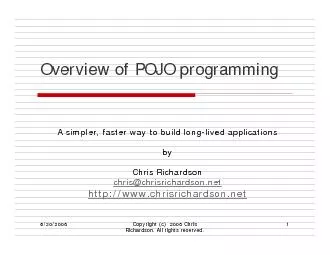PPT-The 6 - 8 week check Dr Chris Cooper
Author : SupremeGoddess | Published Date : 2022-08-04
Paediatrician Stockport NICE GUIDANCE NG194 April 2021 UK National Screening Committee 2008 Documentation Record in red book and maternal health record Lots
Presentation Embed Code
Download Presentation
Download Presentation The PPT/PDF document "The 6 - 8 week check Dr Chris Cooper" is the property of its rightful owner. Permission is granted to download and print the materials on this website for personal, non-commercial use only, and to display it on your personal computer provided you do not modify the materials and that you retain all copyright notices contained in the materials. By downloading content from our website, you accept the terms of this agreement.
The 6 - 8 week check Dr Chris Cooper: Transcript
Download Rules Of Document
"The 6 - 8 week check Dr Chris Cooper"The content belongs to its owner. You may download and print it for personal use, without modification, and keep all copyright notices. By downloading, you agree to these terms.
Related Documents

